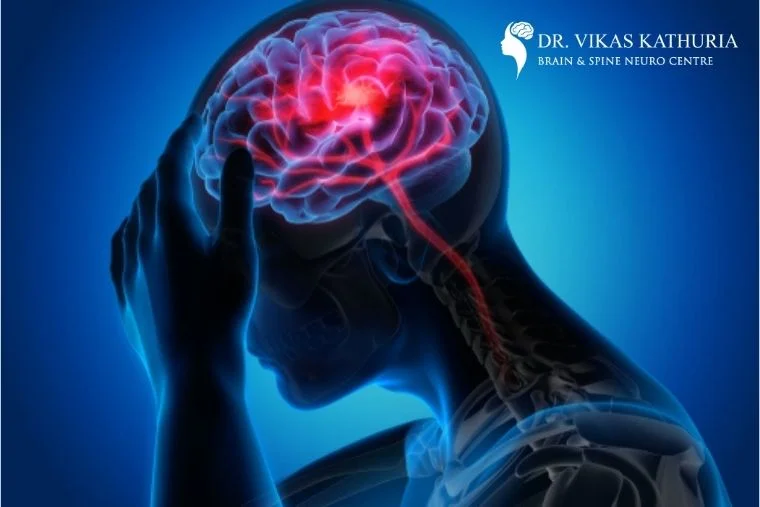Cerebral Angiography or also known as CAG is a diagnostic procedure where the blood vessels of the brain are evaluated for any blockage or lesions. This test is usually done to investigate various conditions like stroke, Alzheimers, Multiple Sclerosis, etc. This test is carried out by inserting a tube into the catheter and injecting radiopaque contrast fluid into the bloodstream. This fluid fills the arteries and veins of the brain and is used to visualize the vascular anatomy of the brain and its components (tumors, aneurysms, and other lesions). The test requires a series of different x-rays to examine the various parts of the brain. Although the procedure is usually painless, the contrast dye can cause a number of side effects, such as a headache, nausea, vomiting, and low blood pressure.
What are the different types of cerebral angiography?
The common types of cerebral angiography are digital subtraction angiography (DSA), computed tomography angiography (CTA), and magnetic resonance angiography (MRA). DSA is a type of radiography in which the patient is injected with a special contrast medium that is designed to make the blood vessels visible on an x-ray. CTA is a non-invasive procedure that involves the injection of a special contrast medium into the patients bloodstream. It is a form of digital imaging. MRA is a non-invasive procedure that involves the injection of a special contrast medium into the patients bloodstream. It is a form of digital imaging.
Consult Dr. Vikas Kathuria for the best cerebral angiography treatment/surgery in Gurgaon

